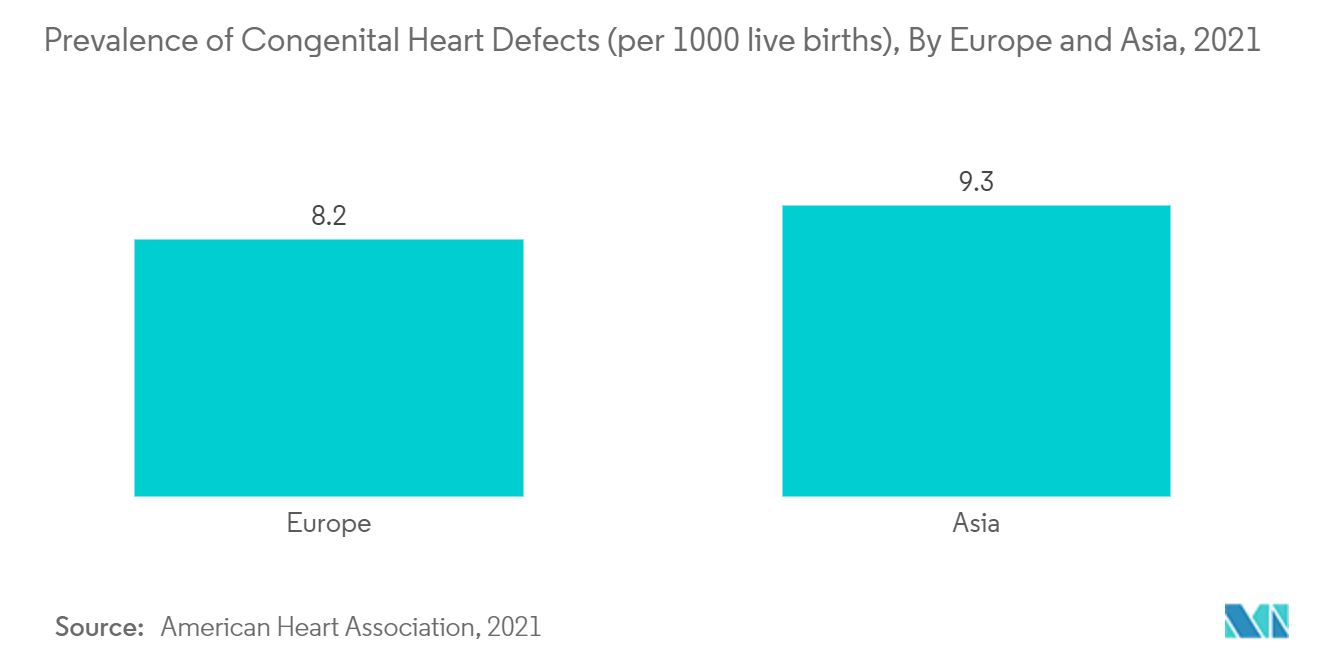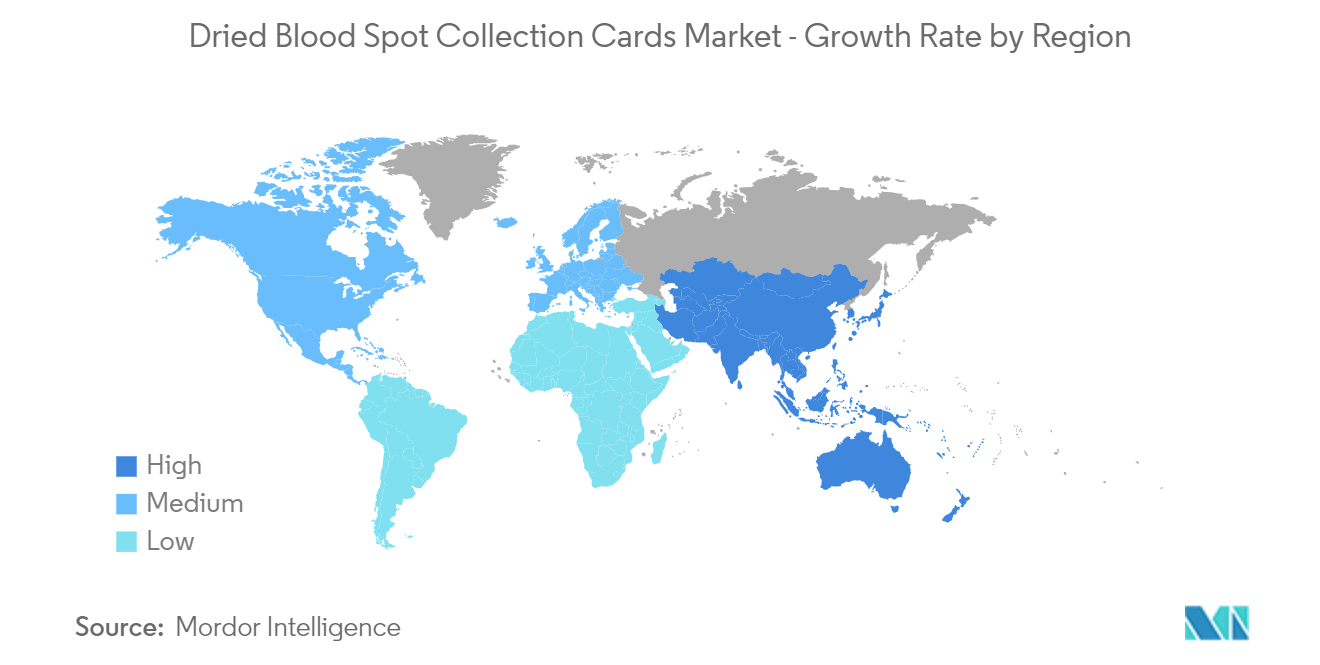Market Trends of Global Dried Blood Spot Collection Cards Industry
This section covers the major market trends shaping the Dried Blood Spot Collection Cards Market according to our research experts:
Newborn Screening Segment is Expected to Witness Considerable Growth Over the Forecast Period
Newborn screening is a set of laboratory tests performed on newborn babies to detect a set of known genetic diseases. This testing is performed on a blood sample obtained from a heel prick when the baby is two or three days old.
The increasing demand for newborn screening across developed countries is one of the major factors propelling segment growth. For instance, in developed countries such as the United States, newborn screening is mandatory for a defined set of genetic diseases, although the exact set differs from state to state. Newborn screening tests focus on conditions for which early diagnosis is important to treating or preventing disease. Early detection of those conditions allows different kinds of treatments and interventions to be provided very early in a newborn's life when it can really make a difference in health outcomes and even help to prevent severe, irreversible disability. In addition, as per the study published in March 2022, the financial loss for India due to these preventable diseases is much higher than the overall expenditure for screening, diagnosis, and treatment. Therefore, this cost-effective analysis justifies the need for a national newborn screening program in India. Hence, the increasing demand for newborn screening across the globe is expected to drive the demand for dried blood spot collection cards, thereby propelling segment growth.
Furthermore, the rising launch of newborn screening services, increasing research and development activities, and rising adoption of key strategies are also contributing to segment growth. For instance, in March 2022, Oxford University initiated a population-based newborn screening study in the Thames Valley. This study aims to make it possible to detect spinal muscular atrophy within days of birth before symptoms develop so that any affected newborn can receive diagnosis and treatment at the earliest possible opportunity.
Thus, owing to the increasing demand for newborn screening and product launches, the segment is expected to grow significantly over the forecast period.

North America Expected to Witness Significant Growth Over the Forecast Period
North America is expected to hold a significant share in the dried blood spot collection cards market over the forecast period owing to the factors such as the high demand for newborn screening and the rising prevalence of HIV diseases. In addition, the growing technological advancements, the presence of several major players, rising healthcare expenditure, the presence of well-established healthcare infrastructure, and increasing research and development expenditure are also expected to boost the market growth over the forecast period. For instance, according to the 2022 data published by the Organization for Economic Cooperation and Development (OECD), the United States, Canada, and Mexico spent USD 0.66, USD 0.03, and USD 0.01 million on research and development activities, respectively. In addition, according to an article published in July 2022, it is expected that FDA will approve 10-20 cell and gene therapies per year by 2025. Thus, the high investment in research and development by the companies further increases the capabilities of the company to adopt innovative technologies and increasing approvals of different therapies are expected to favor the market growth in the North American region.
Key product launches, high concentration of market players or manufacturer's presence, and acquisition & partnerships among major players, and increasing birth defects in the United States are some of the factors driving the growth of the dried blood spot collection cards market in the country. For instance, according to the CDC data published in October 2022, birth defects affect one in every 33 babies (about 3.0% of all babies) born in the United States each year. It also reported that birth defects are the leading cause of infant deaths, accounting for 20.0% of all infant deaths. It found that birth defects were strongly associated with mortality owing to circulatory, respiratory, and digestive causes and the finding raises the possibility that the role of birth abnormalities in mortality numbers may be understated. It also stated that birth defects such as heart problems, chromosomal anomalies, and central nervous system disorders all increased the chance of death by more than 10 times, 8 times, and 7 times, respectively, and the risk of death was significantly higher between days 28 and 364 of life, however, it was also higher at other times. Hence, the demand for newborn screening in the country is expected to increase over time which may increase the demand for dried blood spot collection cards, thereby propelling the market growth over the forecast period.


